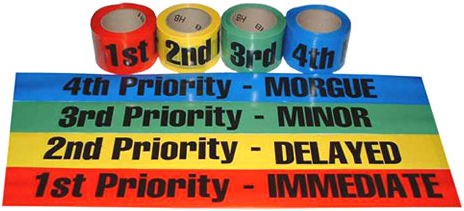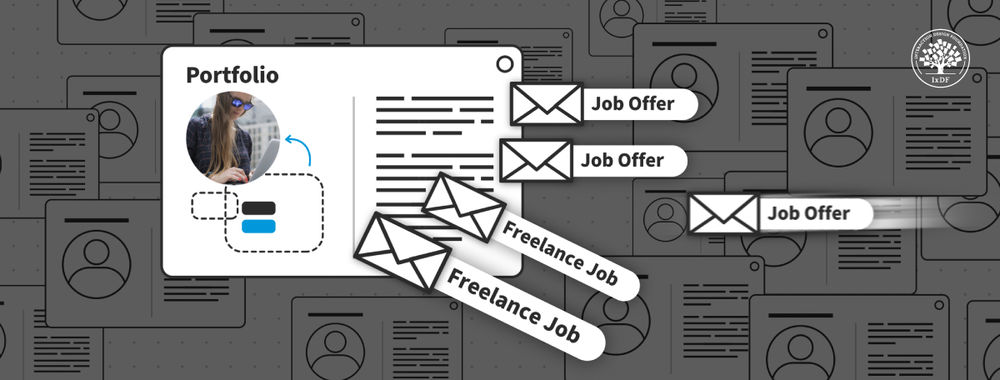If you’re in the process of setting up a UX team or you’re wondering why your investment in UX isn’t paying the dividends that you expected it to; then you’re not alone. There are several mistakes that business owners and project managers make when using UX teams and avoiding them can make all the difference between having a UX team and creating a User Experience worth paying for.
UX Has to Be a Priority for You
Yes, hiring a UX team suggests that you see user experience as a priority but in practice we all know how things can turn out. You think that hiring is enough to get things to where you want them to be. You don’t have time to focus on user experience – it’s why you hired other people to take care of it.
The trouble is that that’s about the daftest approach you can take. If you know that the user experience is important you have to make time to manage and utilize the UX team you put in place. You also need to spend time educating that team about your business or project objectives. You need to help them understand the lay of the corporate land so that they can find the right people at the right time. And so on…
Sink or swim may sound like a good business philosophy but in reality it sucks. The best UX professionals on earth can’t deliver a good user experience and meet your needs without guidance and support.

Only Involve People in UX if They’re Needed
It’s become a bit of a business trend to invite everyone in the company to every meeting. It’s supposed to keep everyone informed. What it actually does is create unmanageable time consuming and wasted meetings.
You need to bring together people whose input is valuable to the decision making process sure. But only those people and only at the right time. If you want the rest of the business to be aware of what’s going on – hold a separate communication session. Too many cooks not only spoil the broth but they ruin the user experience.
Don’t forget that a camel is a horse designed by committee. Give the UX team the space to prosper – don’t overwhelm them with a million folks that they don’t need to deal with.
Develop a Feedback Process that Works
This kind of marries with making UX a real priority for you. It’s all well and good that you’ve held a meeting and told everyone how important the UX project is but you have to follow through.
UX is not an isolated activity. It requires input from the business and probably from you on a regular basis in order to head in the right direction and to deliver any useful output. That means you need to provide feedback when it’s asked for.
That’s not – when you feel like it or on the day of a blue moon when you have a quiet minute – it’s when the feedback is asked for.
You also need to dig down enough to give meaningful feedback and yes, that means reading the reports and the research and the recommendations and thinking about them. You need to allocate time in your diary for this to happen.
A lot of UX projects fail for lack of direction and many more suffer because feedback is given and then two days later – everyone changes their minds. Once you give feedback, it needs to stay that way, so think about it and act promptly.

Negotiate and Don’t Dictate Deadlines
There’s nothing quite like being told. We’re launching this product in 2 days – what can you do about the user experience? The answer, in truth, is almost certainly; “not very much”. Good user research takes time and effort and understanding that research takes more time and effort. It can’t be done because you have a deadline to meet unless that deadline is in synch with the efforts required.
Before you set launch or delivery dates – talk to your UX team and ensure that they have some input on setting those dates. If you don’t, you can’t really blame the team for failing to deliver in their promises can you?
In many cases, you’ll want to do some research before setting those dates. That’s because features identified as particularly important may surprise you and may require more effort than expected.

Work with Developers and Not Against Them
You need to get your developers working with your UX team. They need to know why they’re there and that they’re both playing for the same side. Silos are incredibly common in all environments but the user doesn’t give a monkey’s about your company politics – they want a product that works and is useful to them.
That means getting your star players all focused on the same objectives. User experience work is worthless if the people tasked to deliver that experience haven’t heard of it and haven’t had any input into it.
Make Data Available to the UX Team
That data about customers, users, etc? It’s not of any value unless the people you are charging with delivering the user experience can get access to it. You need to support their ability to deliver programs that benefit your users not impede it.
So, forget about treating all data as a classified state secret make sure that you sit down with your UX team and work out what data you have and what will be useful to them and ensure they can get to it easily. No complex sign off processes. No begging for spreadsheets from team leaders, etc.
You can’t get better if you don’t know what’s going wrong in the first place.

Summary
Working with a UX team can bring huge business benefits and that’s something you know already because that’s why you hired (or are hiring) them. However, the leadership of your organization has a large part to play in whether they produce something worthwhile or waste your time and money instead.
Images Source:
L.Harris Partners (link to image), SciELO (link to image), Software Think Thank (link to image), Thought Leaders LLC (link to image), Rignite (link to image), Erik Flowers (link to image), Exilant Technologies Ltd (link to image)












